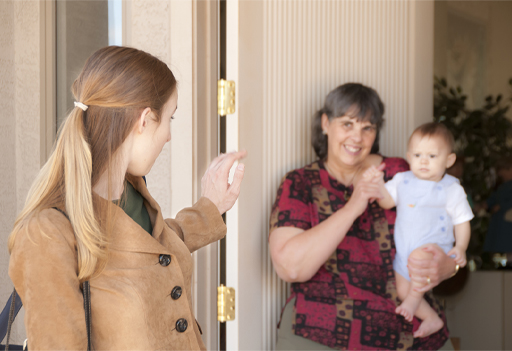The key person approach
The role of the key person is based on the work of Elfer, Goldschmied and Selleck (2003) and is a legal requirement of the EYFS statutory framework. The key person ensures that every child is designated a named member of staff who will ‘help the child become familiar with the setting, offer a settled relationship for the child and build a relationship with their parents’ (Department for Education, 2017a, p. 22, section 3.27).
The role of the key person is based on young children’s need to have sound attachments with adults. Such attachments can form the basis of a positive relationship, which can help children to learn to be strong and independent.
The key person needs to respond sensitively to the child’s feelings and behaviours. They need to reassure and support the child’s emotional needs and wellbeing as they transition to a new setting or class. This person should be someone who the child sees as a familiar and friendly person, who is accessible and understands how the child is attempting to make sense of their environment and the expectations that they encounter. As a result, the child is likely to feel more settled, happy and able to explore spaces and engage in activities more independently.
Activity _unit6.2.1 Activity 1 The benefits of the key person approach
What do you think are the benefits for a child in having a key person/worker? Make a note of your ideas.
Discussion
You may have included some of the following.
The key person/worker can:
- help their key child to develop positive and responsive relationships with staff and children
- help the child to have good quality interactions with other children and staff
- get to know the child very well
- create a welcoming environment for their key children and caregivers/parents
- know the key child’s likes and dislikes
- plan appropriate activities that reflect the child’s interests and help to promote development.
So, the role of the key person/worker is to get to know the child and their family or carers so that their needs can be met.
In the next section, you’ll look at wellbeing principles within curricula for school-age children.

